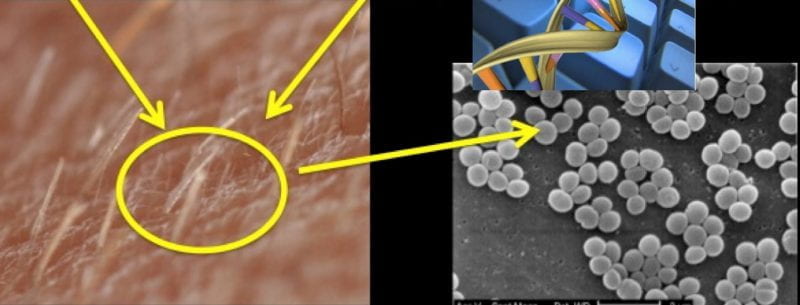Skin Microbiome Could be Used as Evidence

 When mapped to the environments we interact with daily, the 36 million microbial cells per hour that humans emit just from our skin leave a trail of evidence that can be leveraged for forensic analysis. A group of researchers, including Halmos College faculty member Jose Lopez, Ph.D., affiliate NSU professor George Duncan, Ph.D., collaborated with microbial ecologist principal investigator Jack Gilbert, Ph.D. at the University of California, San Diego. Funded by a grant from the National Institutes of Justice (NIJ), the research applied 16S rRNA gene markers to characterize how distinctive human skin microbiomes really were, and determine if they could identify individuals.
When mapped to the environments we interact with daily, the 36 million microbial cells per hour that humans emit just from our skin leave a trail of evidence that can be leveraged for forensic analysis. A group of researchers, including Halmos College faculty member Jose Lopez, Ph.D., affiliate NSU professor George Duncan, Ph.D., collaborated with microbial ecologist principal investigator Jack Gilbert, Ph.D. at the University of California, San Diego. Funded by a grant from the National Institutes of Justice (NIJ), the research applied 16S rRNA gene markers to characterize how distinctive human skin microbiomes really were, and determine if they could identify individuals.
Besides researching if the skin microbiome could identify an individual, another question was asked: How long would the microbiome “signal” last at a potential crime scene? The team has now published a new paper in the journal, Forensics Science International, describing the NIJ study. They found that the human microbiomes of volunteer participants contain rare microbial taxa that can be combined to create unique microbial profiles. Using mock burglary data, it was possible to detect the correct burglars’ microbiota as having contributed to the invaded space of the residents. Unfortunately, the predictions appeared very weak in comparison to accepted forensic standards and therefore the 16S tools cannot be used as “as a reliable trace evidence standard for criminal investigations” at this time.